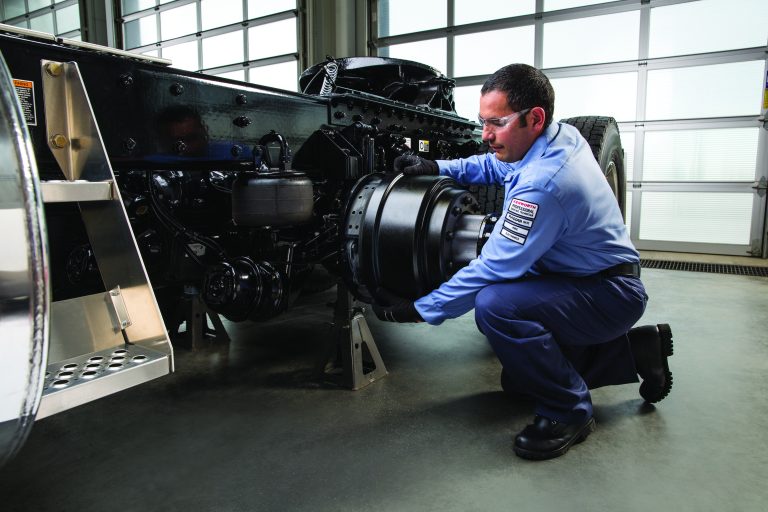
Each year, the Commercial Vehicle Safety Alliance (CVSA) conducts Brake Safety Week, an initiative aimed at improving commercial vehicle brake safety across North America. This year, Brake Safety Week will be taking place August 24-30, 2025, and now is the perfect time for fleet owners and drivers to start preparing. Whether you are behind the wheel or managing operations, brake safety is not just a compliance issue, but it is a life-saving practice.
Brake Safety Week is an annual enforcement and educational initiative organized by the CVSA in partnership with the Federal Motor Carrier Safety Administration (FMCSA), amongst other agencies. During this week-long event, inspectors perform thousands of roadside brake system checks on commercial motor vehicles. The focus is on identifying brake violations, educating drivers, and reducing the number of crashes caused by brake failure.
According to the CSVA, in 2024 alone, more than 12% of trucks inspected during Brake Safety Week were placed out of service due to brake-related violations. That is a clear reminder of why this initiative is so critical to pay attention to.
This year, the CVSA has announced that the focus area for Brake Safety Week 2025 is brake drums and rotors. These components play a crucial role in slowing and stopping heavy vehicles by absorbing the heat generated during braking.
During inspections, officers will pay close attention to:
Drivers should conduct daily walkarounds with extra attention to the brake system, checking for:
Moisture and contaminants can build up in air brake systems, leading to reduced braking efficiency or freezing in colder weather. Draining tanks daily, especially in humid or changing climates, is a simple but effective habit.
Watch for:
Do not wait for the week of inspections. Get ahead of the game by:
A well-trained driver is your best asset during Brake Safety Week. Make sure they understand what inspectors look for, how to perform proper checks, and how to report brake issues quickly and accurately.
While Brake Safety Week brings focused attention to brake health, it is really about building a year-round culture of safety and accountability. Poor brake maintenance puts lives at risk, not just those in the truck, but everyone on the road.
Fleet owners, managers, and drivers all play a role in making sure trucks operate safely and legally. Regular training, inspections, and preventive maintenance go a long way in preventing violations, and more importantly, accidents.